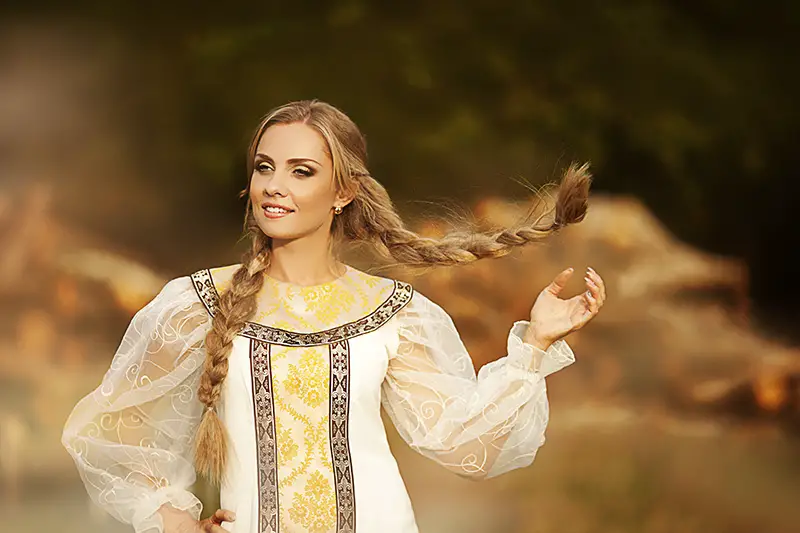It might seem an impossible task to make a period costume. All those layers! All that authentic adornment! But believe it, you can use a little ingenuity and just as little money and still come up with a period drama costume.
Three or four rows of that little chewing gum, when spray-painted, can make a bejewelled breastplate for Cleopatra. A paper cone with a sheer and solid-coloured kerchief can make a medieval costume addition for an upper-class character. A specially dressed wig can make for a barrister’s periwig.
Period Theatre Costume Supplies
- Sample pictures of the period drama costume (check history websites and theatre performance sites)
- Sewing machine and good strong thread
- Needles and thread (for hand work)
- Scissors
- Tape measure
- Straight pins (and safety pins, just in case)
- Hot glue gun and glue sticks
- Seam ripper
- Pattern (period drama costume pattern, if available; if not, pattern that can be modified)
- Fabrics and notions as appropriate: fabric paints, bias tape, upholstery rope, rick rack, etc.
Research
Once you know the period play costumes you will need, start researching. This sounds like a chore but is really kind of fun: look online at historic sites, sites that feature the period play, theatre sites that show performance photos, and–here’s a trick–Google Images.
You will then want to get sizes and measurements of the period costume performers. Measure for the following sizes and ask for hand (glove) and foot (shoe, boot) sizes:
- head
- neck
- chest
- arms (circumference and length)
- waist
- hips
- legs (girth and length)
Some of us even do an outline drawing: having each performer lie down on a giant sheet of butcher paper–or papers put together–and drawing around the body. We have done this more for Halloween costumes that don’t have a pattern, but you can do it to sew a period drama costume that has no pattern, as well.
Improvise!
If for some reason the pattern is unavailable or un-doable altogether, find an everyday outfit that you can dress up, add to, embellish. An old suede vest can be pulled over a puffy-sleeved blouse for a Hamlet costume, for example. You can then add textures with bias tape or rick rack, lace, upholstery rope, medium-sized beads, or other items for the authenticity of detail.
For most period drama costume projects, you can keep a couple of things in mind: layering and lots of glue. If you want authentic period costumes in most cases, use layers–of skirts, shirts vests and jackets. For instance, instead of worrying about making a whalebone hoop for the underside of a 19th-century dress, use an old petticoat from a thrift shop/used clothing store. Spray with hair spray or starch. Add several stiffer skirts (or add hairspray or starch to the outer skirts, too). The fullness will be the effect you want.
For embellishments, adornment, and other attachment requirements, instead of sewing (which is often more time consuming and less reliable for the many costume changes) use hot glue. Hot glue can also give depth or texture.
One more note: if you sew period costumes from a pattern, be sure that 1) the costume fit has enough breathing room, 2) your seams are wide enough, and 3) the seams are double-stitched… so the performer can slip in and out and can move about without busting out!
As you take measurements, then, allow for large seams and movement (or breathing so actors can speak without collapsing) by adding up to an inch of extra material at seams. And after you have done one stitching effort, go back a second time and not right on top but right next to the first seam you made add an additional row of stitching.
Be sure to have a camera on hand so you can record your work for posterity and add the pictures to your files of sewing period theatre costume measurements, research notes, and patterns. And good luck and have fun!

